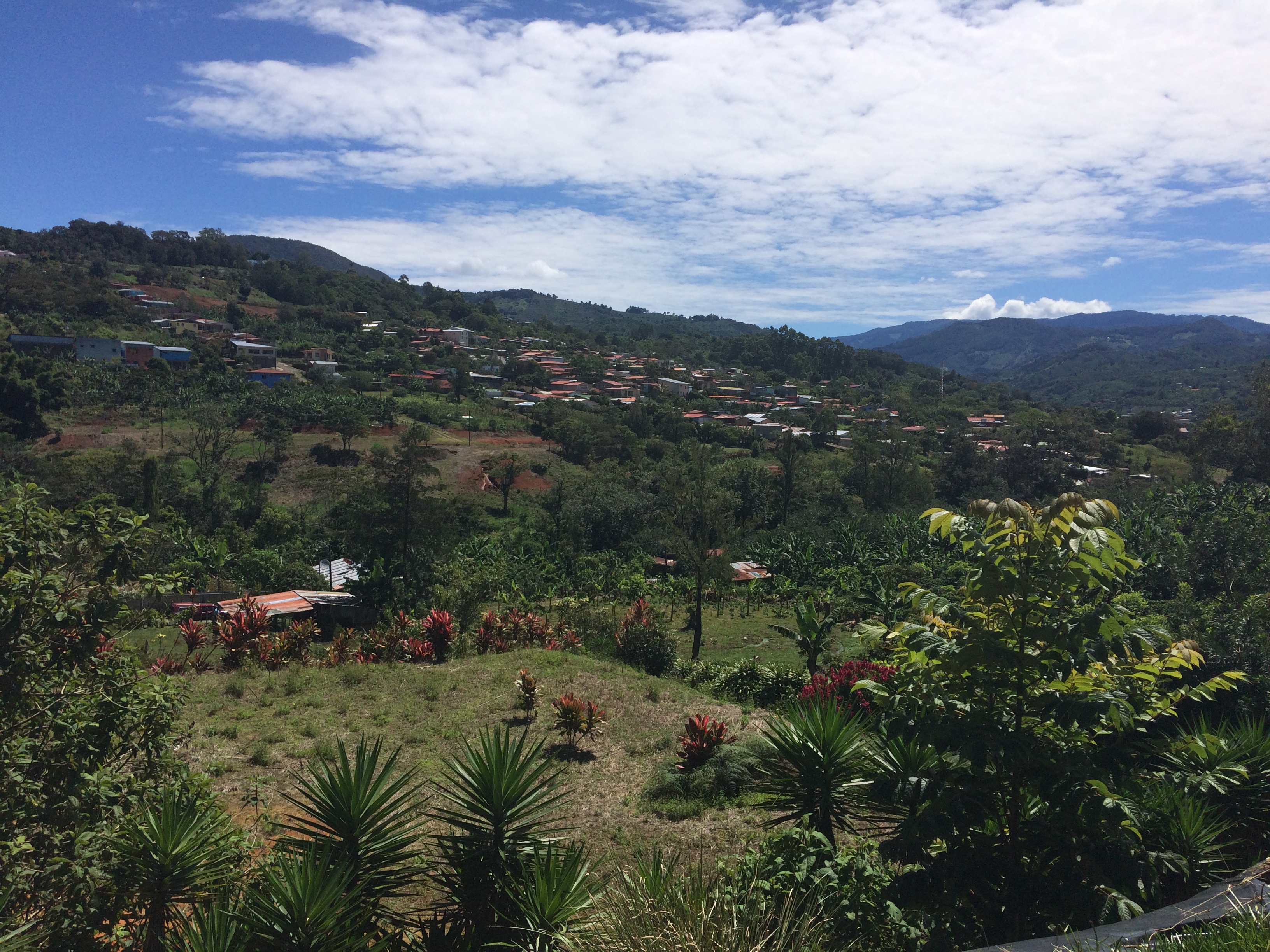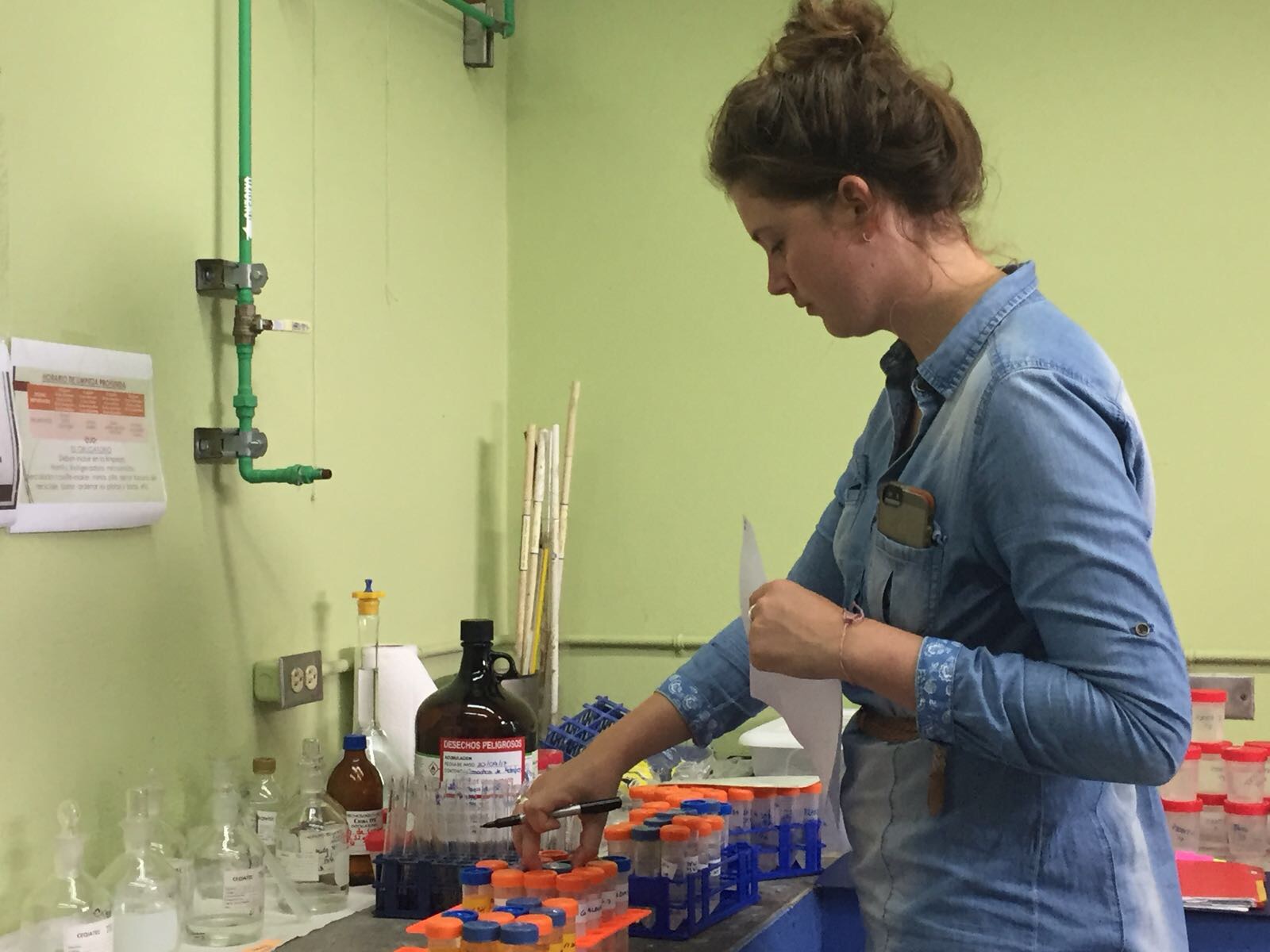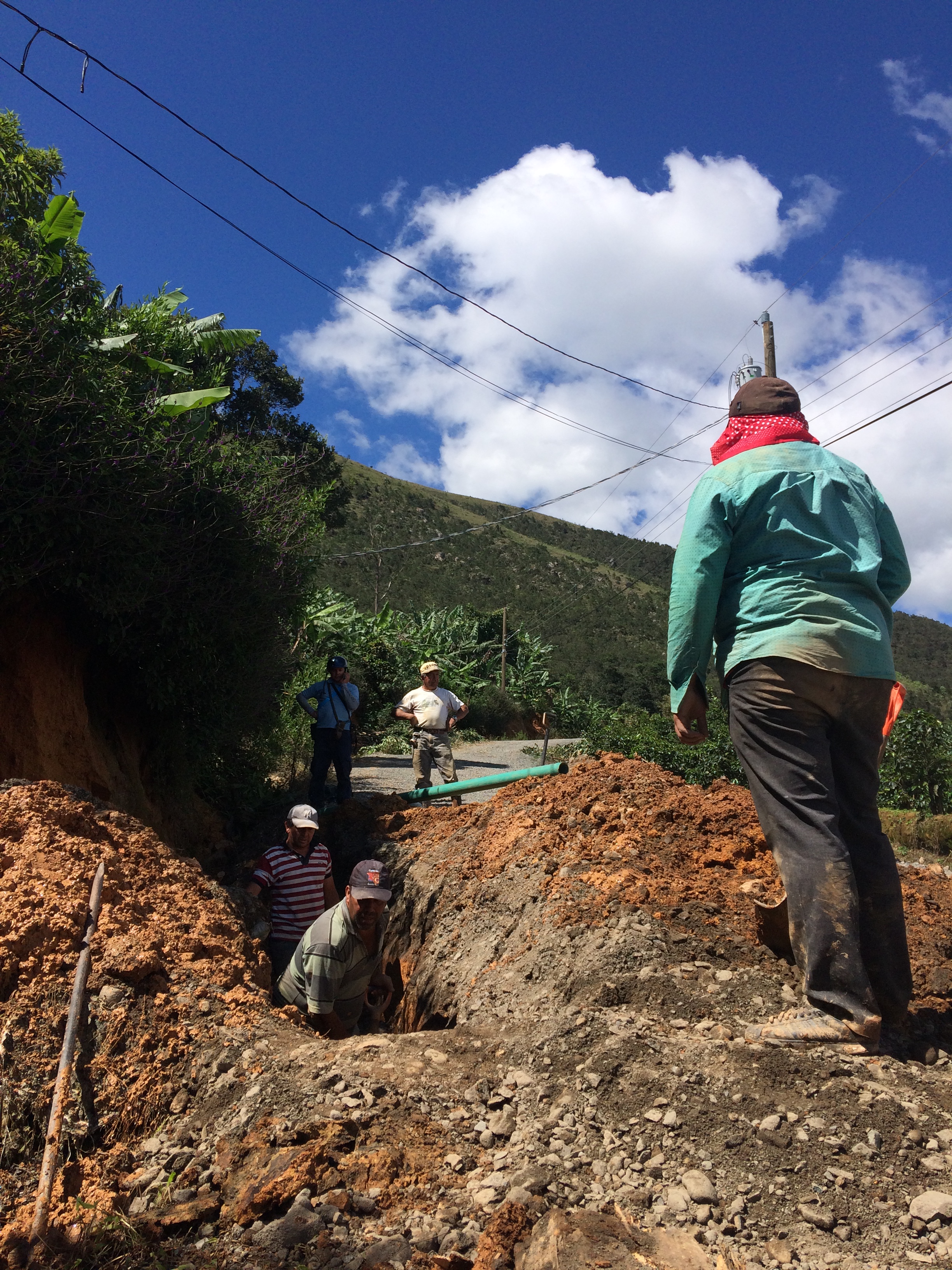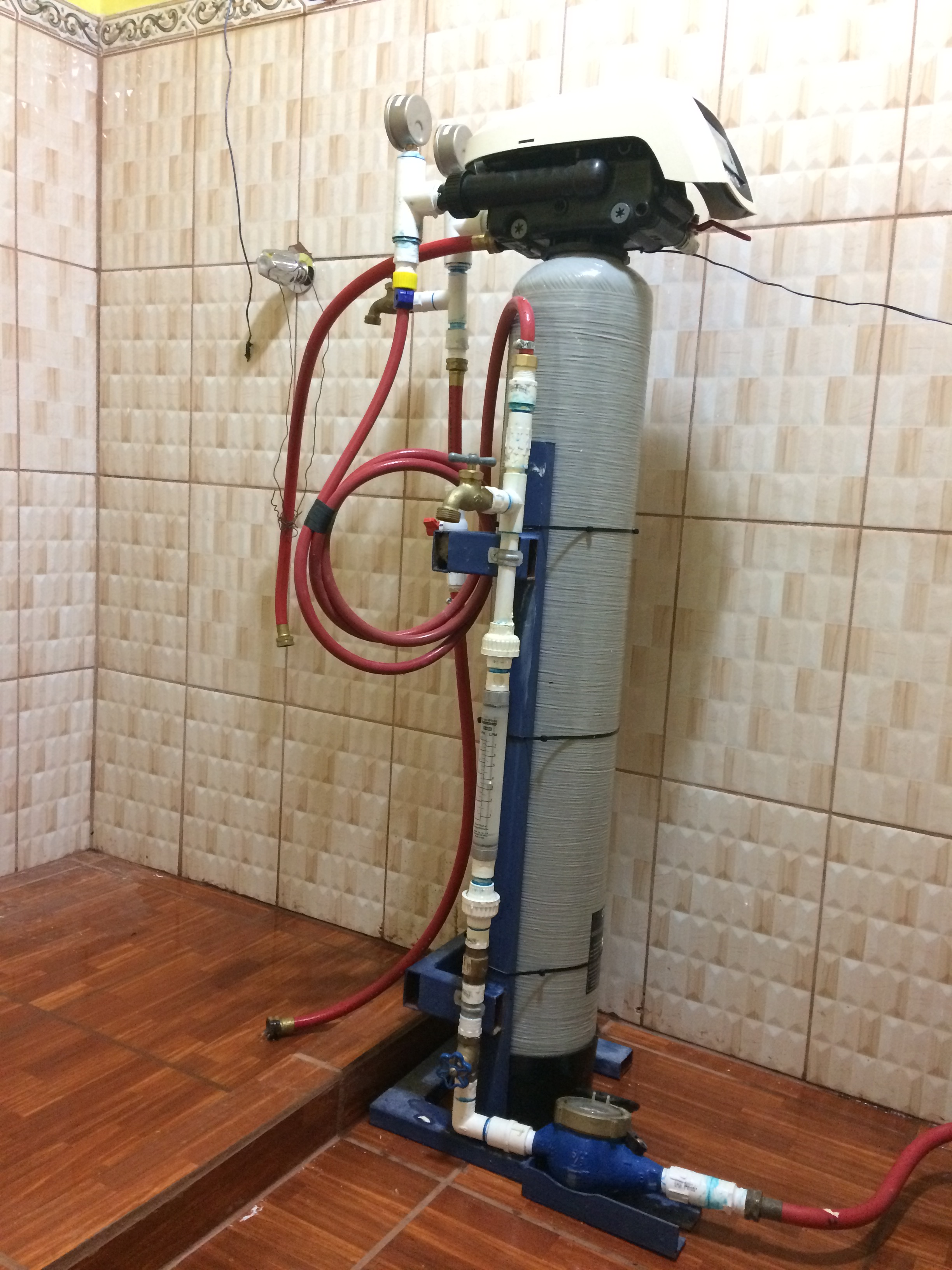Aluminum removal by limestone filtration in Costa Rica
Because of my interest in Latin America, the Spanish language and water research, I was very pleased that I could go to Costa Rica for my bachelor thesis. In September of 2017 I arrived in Cartago together with Marieke van der Velden, a co-student from the TU Delft, where we were hosted at the Tecnológico de Costa Rica (TEC). While she was working on removing arsenic from groundwater, my project concerned the removal of aluminum in the case of the small village of San Marcos. This water has a very low pH value and the biggest problem is the concentration of aluminum, which is much higher than the maximum allowed value. Right now, there is hardly any treatment before the water is supplied to the customers.
Previous experiments with limestone filters showed good results with reducing the aluminum concentration (also read about the project of Donald Lagers). In my project, I tested a pressure vessel with a backwash option, so that the filter material could be cleaned when necessary. In the filter, the calcium carbonate reacts with the carbon dioxide and hydrogen cations in the water, forming calcium and bicarbonate. Due to these reactions, the pH increases and the soluble aluminum will change into solid aluminum flocs that can precipitate in the filter bed.


After preparing the filter material and doing experiments in the laboratory, I went to San Marcos in the Central Highlands of the country. I was supposed to be there for a week to test the pilot system and I stayed with the lovely family of the head of the local water company. Just after I arrived, tropical storm Nate razed over the country and affected large areas in whole Central America. Due to the heavy weather, San Marcos did not have power and running water for almost three days. During this time, the system couldn’t function so I had some time to enjoy the farmer life at my guest family and explore the surroundings. I ended up spending two weeks in the mountains and despite the circumstances, this was a great experience. It was interesting to work in a completely different culture and I could improve my Spanish, for which I am very grateful.
The results of the vessel experiment are promising, and maybe a system like this could be installed on full scale. More research needs to be done first, but the vessels are affordable and easy to operate. After three years of following classes, it was nice to get into the field and put the learned into practice. Because of the limited amount of time, I had to work hard but of course there was also time in the weekends and after the deadline to travel around Central America. Overall, I learned a lot – especially about coping with unexpected situations – and I would recommend every student doing a project abroad.
Suzanne van der Poel

